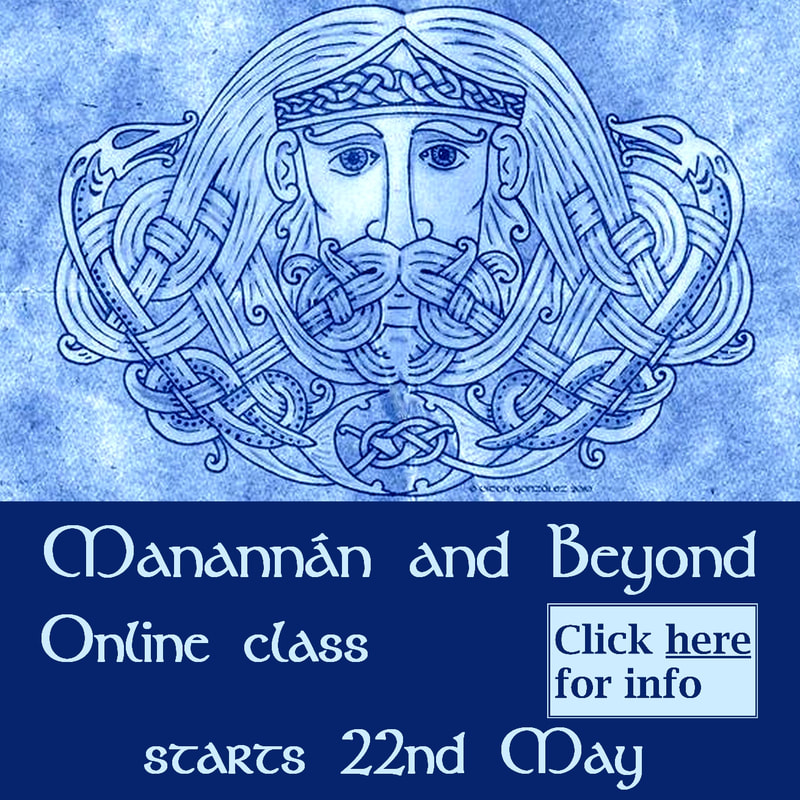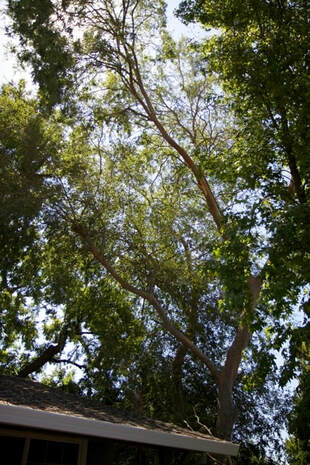
Elms ringed the whole house. They were responsible for keeping it cool in summer. In return, we watered our shaggy, eccentric, old-fashioned lawn, and the elms drank, too.
Near the driveway there was an old crone of a mulberry, making it risky to hang out washing or park cars when the berries were in season, because the birds shat a loose profusion of violet emulsion everywhere until the mulberries were gone. We never ate them.
| Half our house was heated by an ancient furnace in the basement. The other half, built by my father and his friend, was heated by a fireplace that opened into two rooms, which we called dens. A family of three people, with three different rooms to sit in. That was us in a nutshell. We each needed our space. There were sofas and TVs and bookshelves everywhere. I always managed to get a seat by the fire, and so by the time I was eight or nine I tended it. Cleaned the grate, took out the ashes, carried wood, built the fire and kept it going. To this day, when I don't have a fire to tend I miss doing it. |
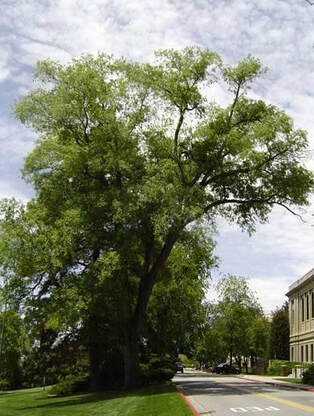 Siberian Elm (Ulmus pumila) in Colorado
Siberian Elm (Ulmus pumila) in Colorado 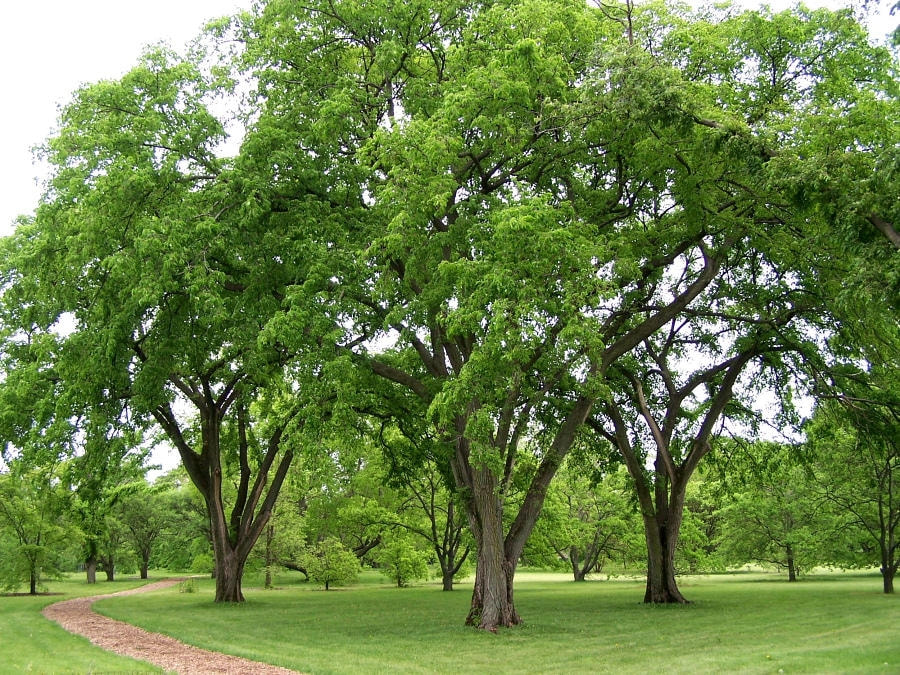

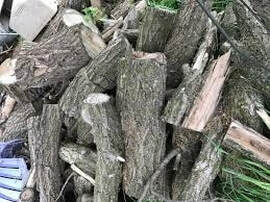

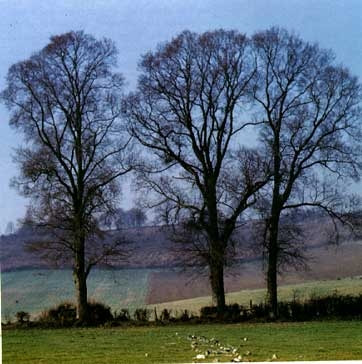
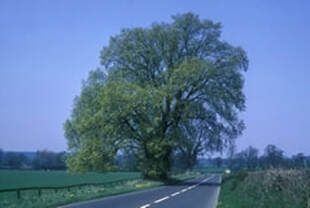
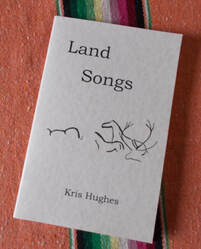

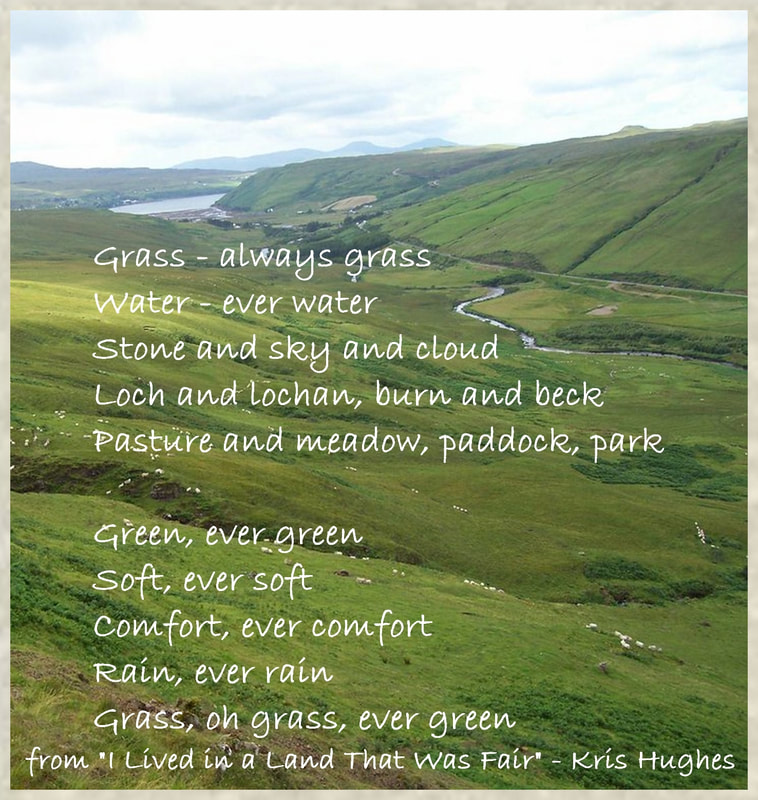

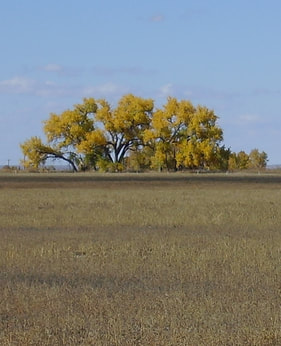

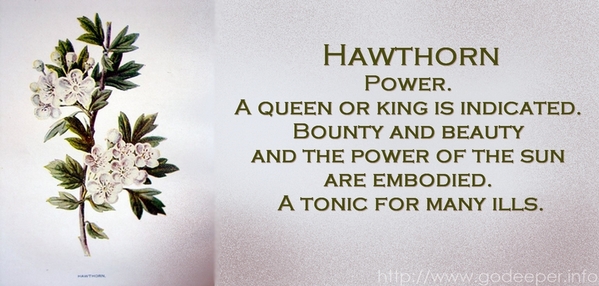
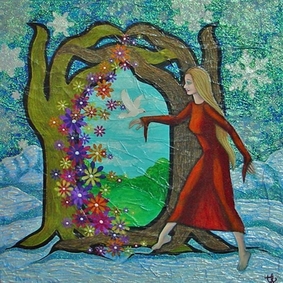
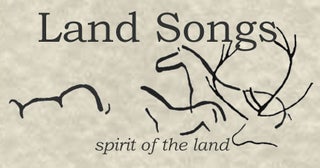
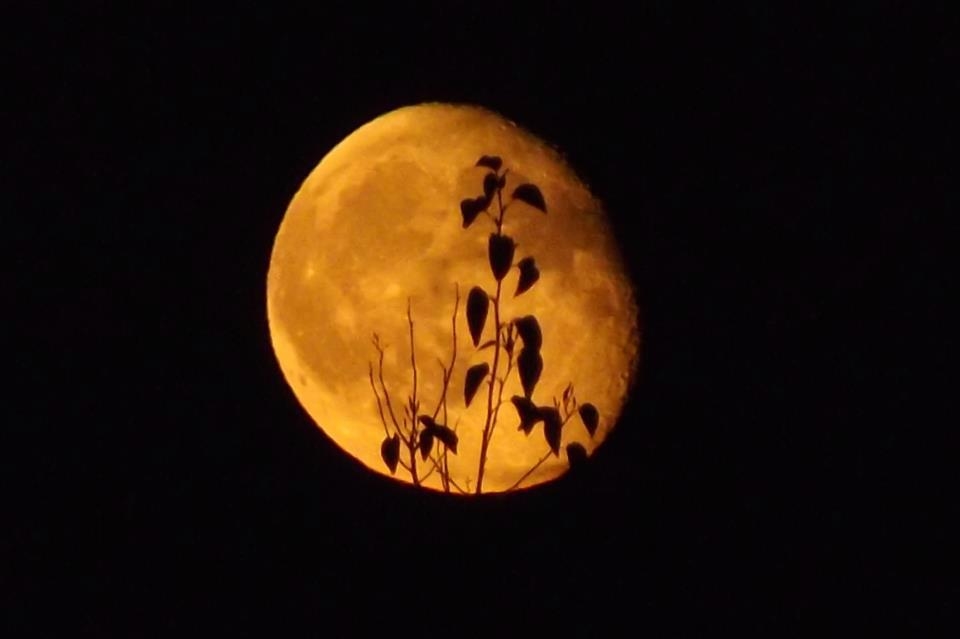
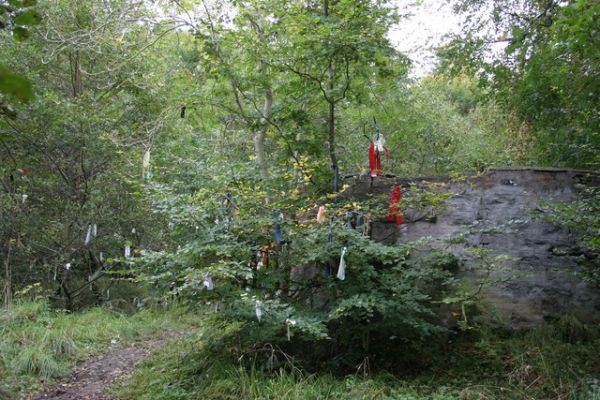
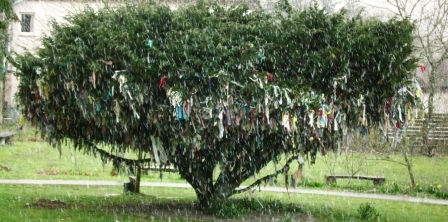
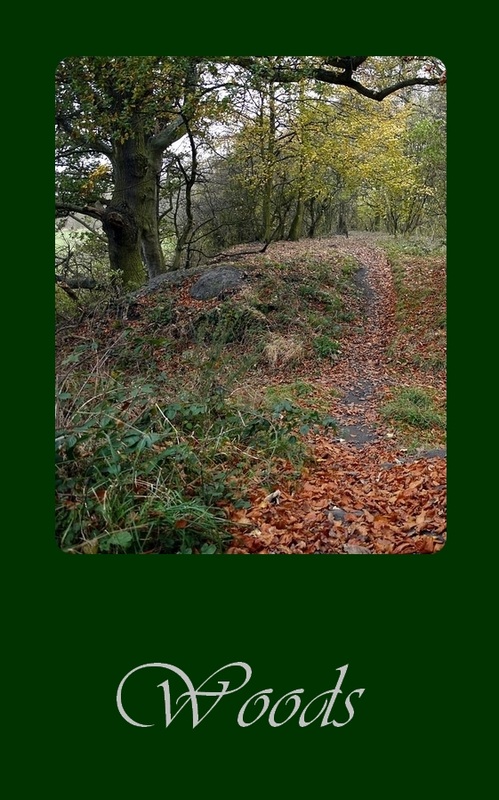
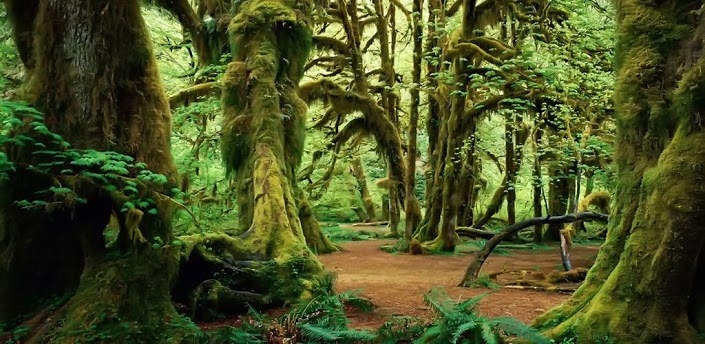
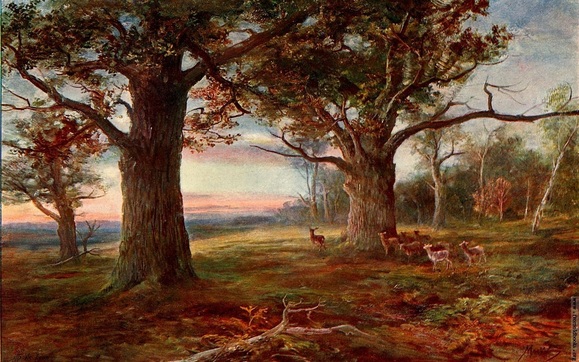
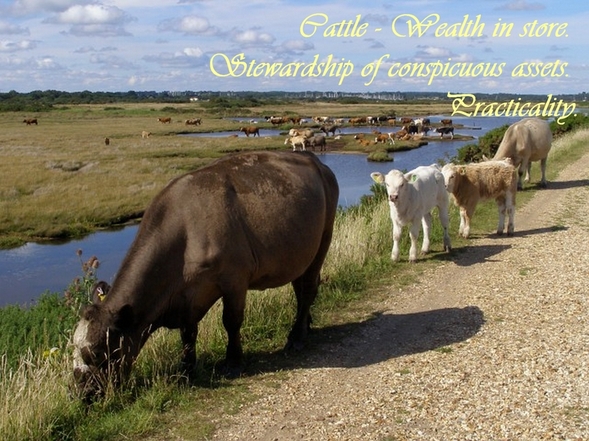

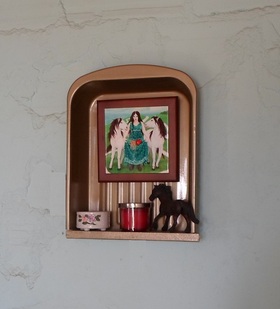
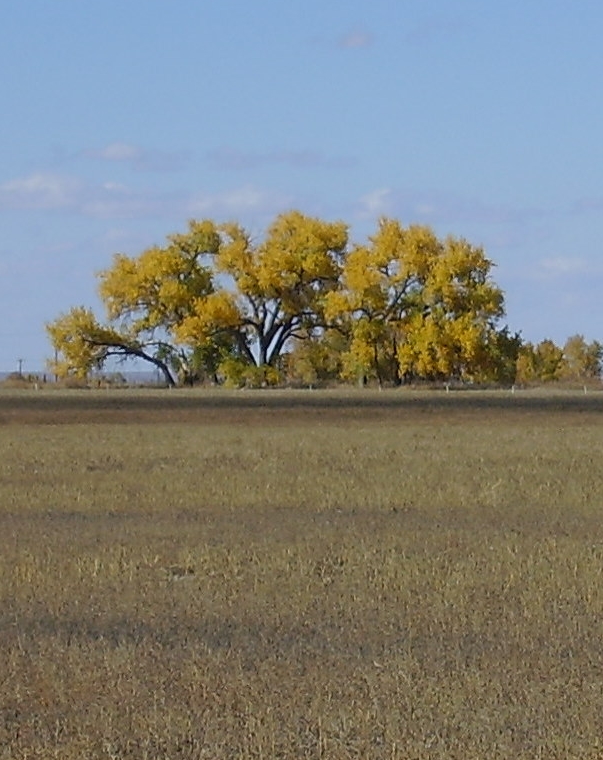
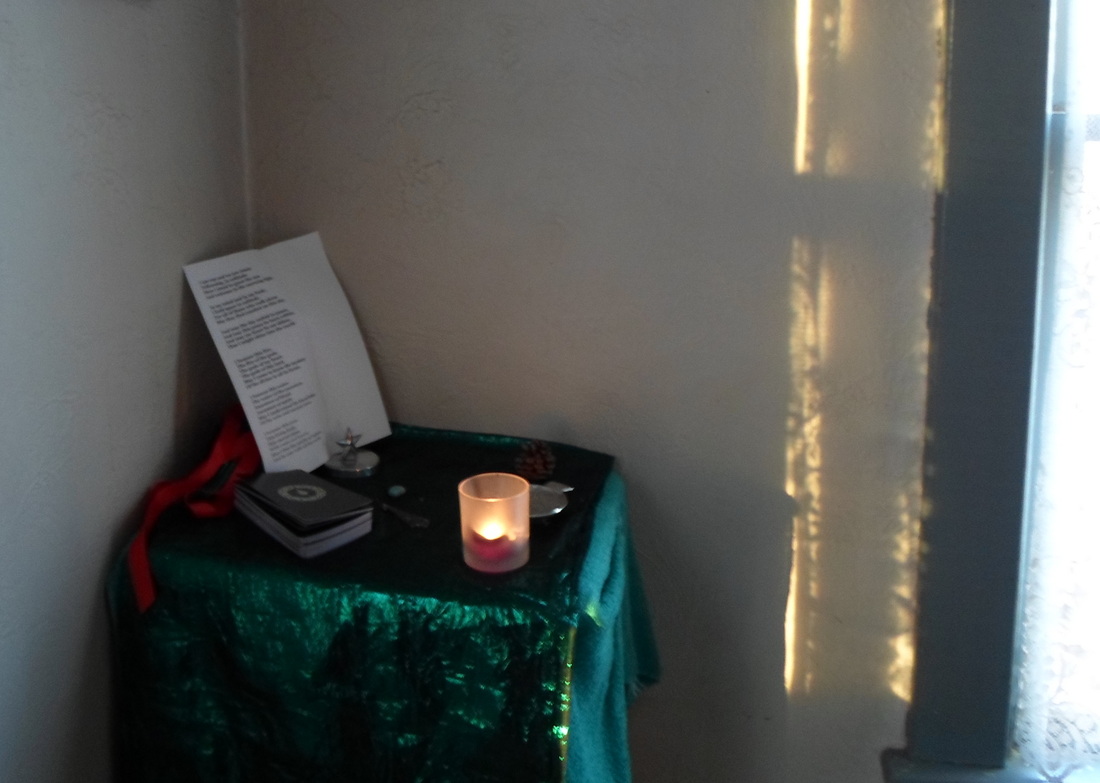
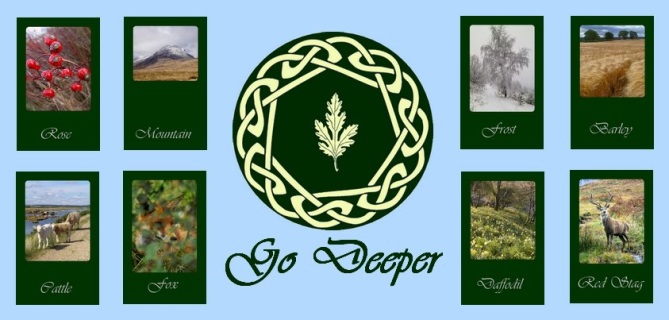

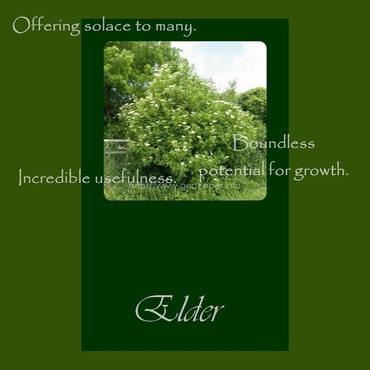
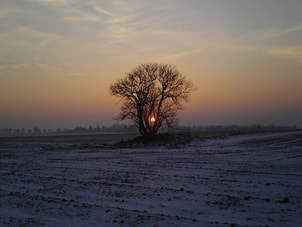
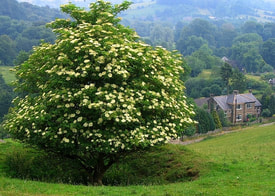
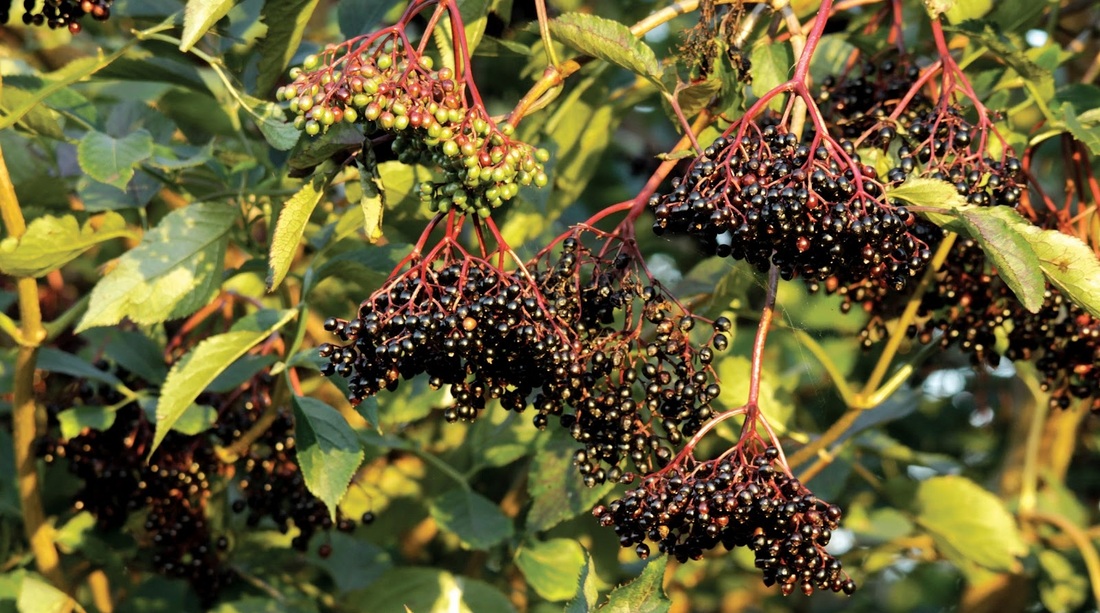
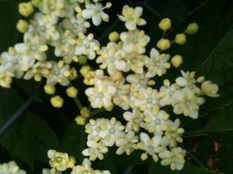
 RSS Feed
RSS Feed



